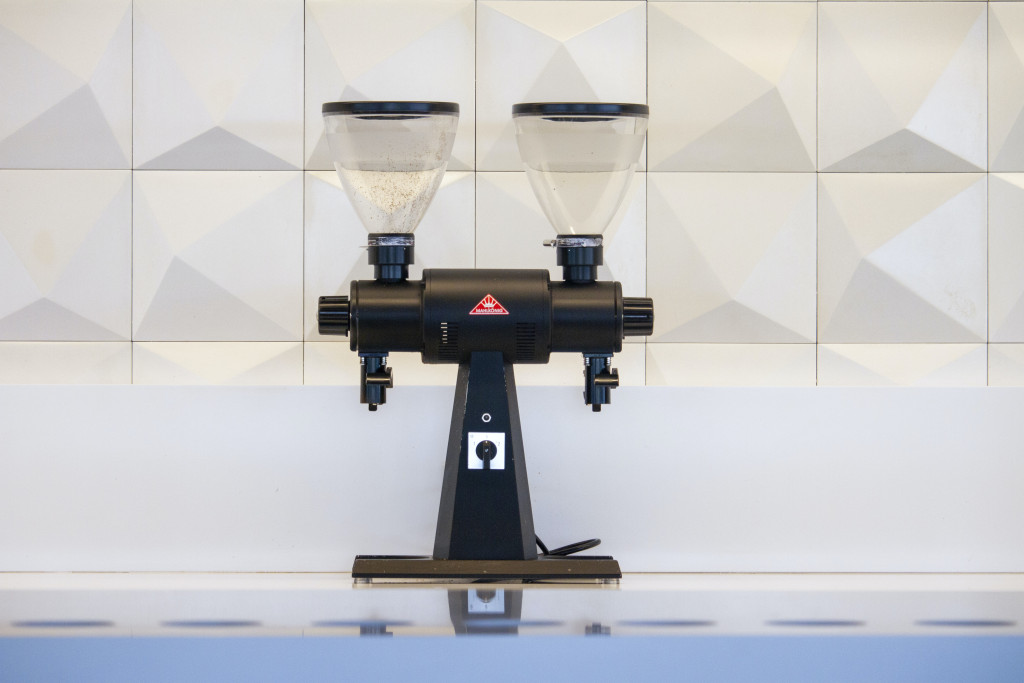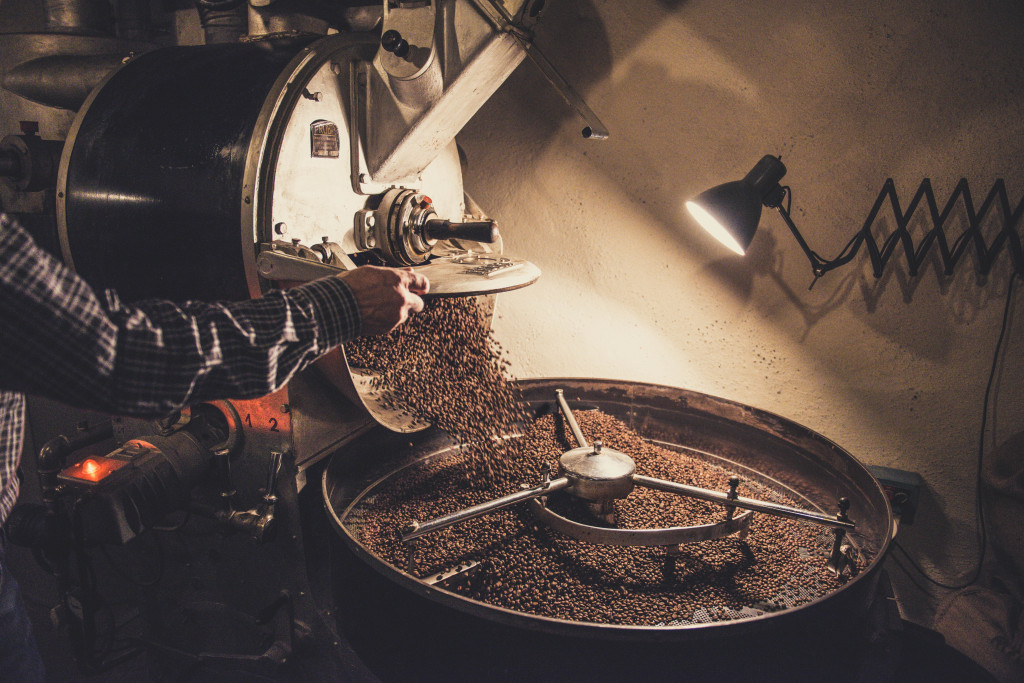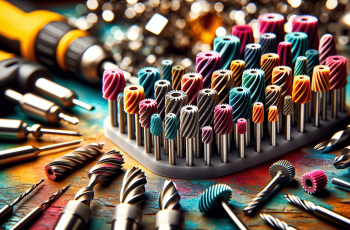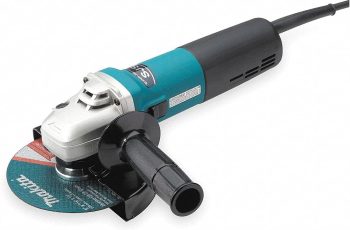Die grinders are versatile tools that are commonly used in various industries. However, improper storage can lead to damage and reduce their lifespan. In this article, you will learn about the best practices for die grinder storage to ensure that your tools are protected and ready for use whenever you need them. By following these simple guidelines, you can prolong the life of your die grinders and save money on replacements.

Choosing the Right Storage Solution
When it comes to choosing the right storage solution for your die grinder, there are a few things to consider. First and foremost, you need to think about the size and weight of your die grinder. Some die grinders can be quite heavy and large, so you’ll want to make sure you have a storage solution that can accommodate its dimensions and weight.
There are a few options you can consider when it comes to storing your die grinder. Toolboxes, tool chests, and wall mounts are all popular choices. Toolboxes are portable and can be easily transported if you need to take your die grinder on the go. Tool chests offer more storage space and typically have multiple drawers for organization. Wall mounts are a great option if you want to maximize your storage space and keep your die grinder easily accessible.
It’s also important to look for storage solutions that have features like locking mechanisms and weather resistance. Locking mechanisms will help to ensure that your die grinder is secure and won’t be easily accessible to unauthorized users. Weather resistance is essential if you plan on storing your die grinder in an outdoor or exposed area, as it will protect it from the elements and prevent rust or damage.
Preparing the Die Grinder for Storage
Before you store your die grinder, it’s important to clean it thoroughly. Dust, debris, and residue can accumulate on the surface of the grinder, which can affect its performance over time. Use a soft brush or compressed air to remove any loose particles, and then wipe it down with a clean cloth.
While you’re cleaning the die grinder, it’s a good time to inspect the parts for any damage or wear. Check the power cord for any frayed wires or exposed conductors. Examine the grinding wheel or attachments for any signs of damage or excessive wear. If you notice any issues, it’s best to address them before storing the grinder.
When you’re ready to store your die grinder, be sure to remove any attachments properly. This will help to prevent them from getting damaged or misplaced. Store them in a separate compartment or container to keep them organized and easily accessible when you need them.
Organizing the Storage Area
To ensure easy access and organization, it’s important to designate a dedicated area for die grinder storage. This can be a section of your toolbox, a specific drawer in your tool chest, or a designated spot on a wall mount. Having a designated area will help you keep track of your die grinders and prevent them from being misplaced.
In addition to designating a storage area, it’s also important to keep the storage area clean and dry. Dust and moisture can accumulate over time and affect the performance of your die grinder. Regularly clean the storage area to remove any dust or debris, and make sure it is dry before storing your die grinder.
Implementing a system for easy retrieval of die grinders is another key aspect of organizing your storage area. Consider labeling or color-coding each storage space for different die grinders or attachments. This will help you quickly locate the specific die grinder or attachment you need, saving you time and frustration.
Protecting Die Grinders from Damage
Die grinders are delicate tools that require proper protection to prevent damage. To protect your die grinders, use protective cases or sleeves for each individual grinder. These cases or sleeves will help to cushion the grinder and protect it from bumps, scratches, and dings that can occur during storage or transportation.
When storing multiple die grinders, it’s important to avoid stacking or piling them on top of each other. This can lead to damage, especially if the weight of the grinders causes them to shift or fall. Instead, store them side by side or use dividers to create separate compartments for each grinder.
Securing your die grinders in storage is essential to prevent them from falling or tipping over. If you’re using a toolbox or tool chest, make sure the die grinders are securely fastened in place. If you’re using a wall mount, ensure that the mount is properly installed and can support the weight of the die grinders.

Maintaining Die Grinders in Storage
Even when die grinders are in storage, it’s important to maintain them regularly. Regularly check and rotate the die grinders to prevent any parts from seizing or becoming stiff. This will help to keep the die grinders in good working condition and ensure that they’re ready to use when you need them.
During longer storage periods, it’s a good idea to apply a light coat of lubricant to the die grinders. This will help to prevent rust and ensure smooth operation when you take them out of storage. Be sure to use a lubricant that is compatible with your specific die grinder model.
It’s also important to monitor the storage environment for changes in humidity and temperature. High humidity can lead to the development of rust, while extreme temperature fluctuations can affect the performance of the die grinders. If necessary, invest in a dehumidifier or temperature control device to maintain optimal storage conditions.
Ensuring Safety during Die Grinder Storage
Safety should always be a top priority when it comes to die grinder storage. To ensure safety, disconnect and store die grinders with unplugged power cords. This will help to prevent any accidental start-ups or injuries.
It’s also important to keep die grinders away from flammable or hazardous materials. Die grinders generate sparks and can potentially ignite flammable substances. Store your die grinders in an area that is free from any potentially dangerous materials.
Educating users on safe storage practices is another crucial step in ensuring safety. Make sure everyone who will be using or accessing the die grinders understands the proper handling and storage techniques. Provide clear instructions and guidelines to minimize the risk of accidents or injuries.

Updating Inventory and Documentation
To keep track of your stored die grinders, it’s important to maintain an inventory list. The inventory list should include details such as the make, model, serial number, and condition of each die grinder. This will help you locate and identify the specific die grinder you need quickly.
Label and document die grinder information and maintenance records as well. This will provide important information about when each die grinder was last inspected, cleaned, or serviced. Having this documentation will help you track the maintenance history of each die grinder and schedule regular maintenance accordingly.
Regularly review and update your storage procedures to ensure they are up to date and align with your current needs. As your collection of die grinders grows or changes, you may need to make adjustments to your storage system. Stay proactive and make any necessary updates to ensure efficient and effective storage.
Training and Education for Users
Proper training and education for users are crucial in maintaining the longevity and performance of your die grinders. Train users on proper handling and storage techniques specific to the die grinders you have. Make sure they understand how to clean, inspect, and store the die grinders correctly.
Provide information on manufacturer recommendations and specifications. Each die grinder may have unique guidelines for storage, maintenance, and usage. It’s important to familiarize yourself and your users with these recommendations to ensure optimal performance and prevent any accidental damage or misuse.
Encourage users to report any damaged or malfunctioning die grinders immediately. Prompt reporting allows for timely repairs or replacements, minimizing downtime and preventing further damage. Create an open and supportive environment where users feel comfortable reporting any issues they may encounter with the die grinders.
Creating a Preventive Maintenance Schedule
Establishing a regular maintenance schedule for die grinders in storage is vital to their longevity and optimal performance. The schedule should include cleaning, inspection, and lubrication to ensure the die grinders are well-maintained even during storage.
Regularly clean the die grinders to remove any dust, debris, or residue that may have accumulated during storage. Inspect each die grinder for any signs of damage, wear, or malfunction. If any issues are found, arrange for professional maintenance or repairs as needed to prevent further damage or safety hazards.
Lubricate the die grinders as recommended by the manufacturer. This will help to keep the internal components properly lubricated and prevent rust or corrosion. Follow the manufacturer’s guidelines on the type and frequency of lubrication required for your specific die grinders.
Conclusion
By following these best practices for die grinder storage, you can ensure that your die grinders are protected, well-maintained, and easily accessible when you need them. Choosing the right storage solution, preparing the die grinder for storage, organizing the storage area, protecting the die grinders, maintaining them regularly, ensuring safety, updating inventory and documentation, training users, and creating a preventive maintenance schedule are all essential steps to take for proper die grinder storage. With these practices in place, you can extend the lifespan of your die grinders and ensure optimal performance for all your grinding needs.



